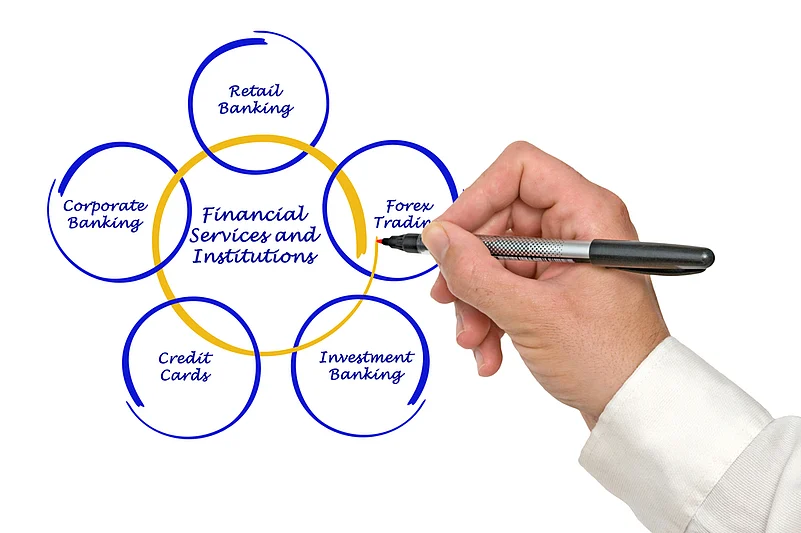The fintech companies have led one of the largest disruptions in the BFSI sector in recent years. In India, it has been largely visible with the introduction of the Unified Payments Interface that has enabled the adoption of digital payment methods among the diverse sections of society. A decade ago, it would have been hard to imagine the number of people making digital payments through their mobile phones.
However, internet adoption crossing the 500 million mark in the country has paved the way for optimal transmission of other financial services along with digital payments. The figure is likely to cross the 900 marks by 2023, as per a Cisco report. To put it precisely, fintech solutions have increased accessibility and convenience along with improving risk management and efficiency. Advanced technology has eliminated the constraints in the banking sector.
Advertisement
The problem of lending to ‘new to credit’ customers, broadening the market, and driving financial inclusion have been resolved due to the solutions offered by digital banking platforms.
Simplifying Application Process
One of the many ways that technology has changed the lending space in terms of providing credit is by completely simplifying the loan application process. The entire loan application process has been changed from a face-face appointment and documents submission and (OSV- Original Seen & Verified) to a complete digital journey right from filling out the application form to submission of KYC documents to getting a NOC (No Objection Certificate) for the loan.
Advertisement
Furthermore, the most recent development in technology improving the customer service experience is with the verification of KYC documents. In 2020, the RBI regulation had allowed the REs (Regulated Entities) to easily verify the KYC documents of a customer over a video call. Once it was a very tedious task as it required the physical presence and visit of the customer or agent but with online KYC it is a win-win for both parties. The convenience of getting documents approved online turned out to be a boon amid the pandemic when it was impossible for customers to visit financial institutions or vice-versa amid a lockdown to contain the spread of the virus.
Role of AI and Machine Learning
One must wonder what are the other ways in which this highly human-dependent loan approval process is transforming with technology. It is important to note that artificial intelligence and machine learning-based credit risk algorithms with several data points provide a holistic view of customers' credit health and help financial institutions decide on loan approval.
How does this work? Well, traditionally lenders looked at only a few metrics like FICO score and income proofs. However, with AI, companies can look at an individual’s entire lifecycle and even their vast digital footprint to determine whether they are creditworthy without a traditional credit history. This new approach is called “alternative data” which helps in understanding potential borrowers. Companies are using AI and machine learning to determine the same.
Advertisement
Knowing New to Credit Customers Better
In this, fintech players are looking at alternative data points like SMS parsing, device information, social media scoring, geolocation, fraud risk checks, etc., to know more about customers' affordability and repayment capacity. With such advancement, the fintech companies are helping ‘New to credit’ also known as NTC customers or unserved customers in getting loans. They are bridging the gap that was left unaddressed by traditional financial institutions. By providing easy credit fintech platforms are helping build customers' formal credit score.
These are the several ways that fintech solutions have made credit easily available to everyone in society without larger risks. As for the future, technology transformations are going to continue to revolutionize the financial industry. The next wave of change is expected from the AA (Account Aggregation) model where customers will have complete transparency and authority/control over data sharing/revoking and on the other hand financial institutions will have easy access to customers' data with full proof customer consent.
Advertisement
The future of BFSI looks very promising and we will see major collaborations between lending institutions, insurance players, mutual fund houses, etc. to help understand customer lifecycle and spending patterns. This will aid these institutions to provide customized offerings to the customers and cross-sell products that are more relevant for the customers, instead of a vanilla product sold to all.
This article was authored by the Product Head of PC Financial
DISCLAIMER: Views expressed are the author's own, and Outlook Money does not necessarily subscribe to them. Outlook Money shall not be responsible for any damage caused to any person/organisation directly or indirectly.















 Just one email a week
Just one email a week